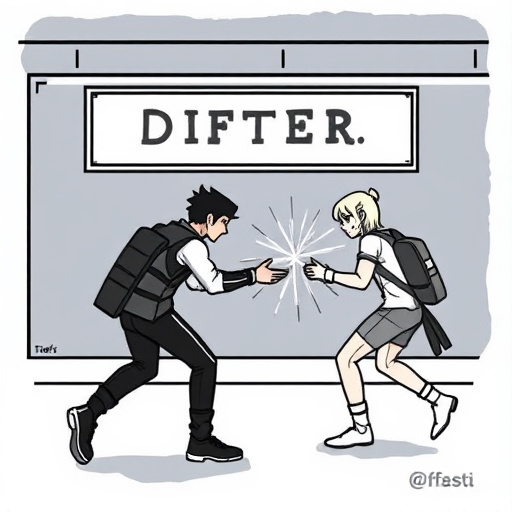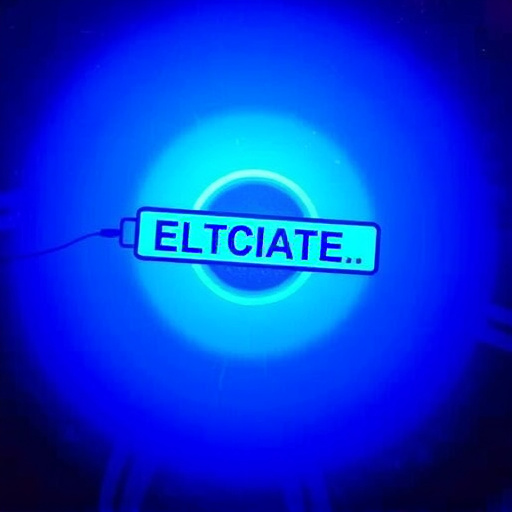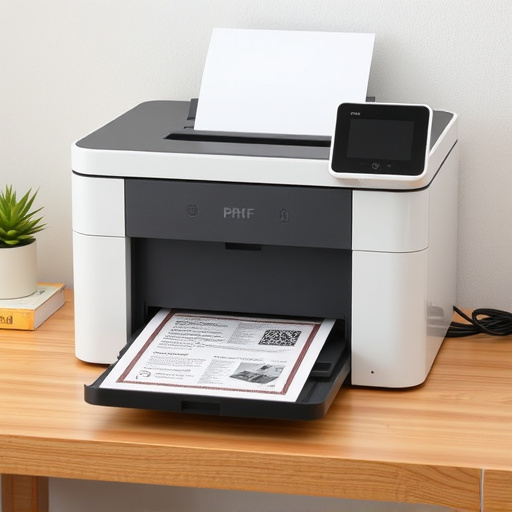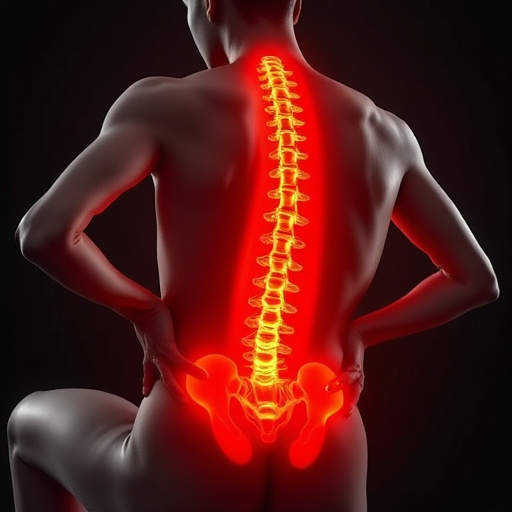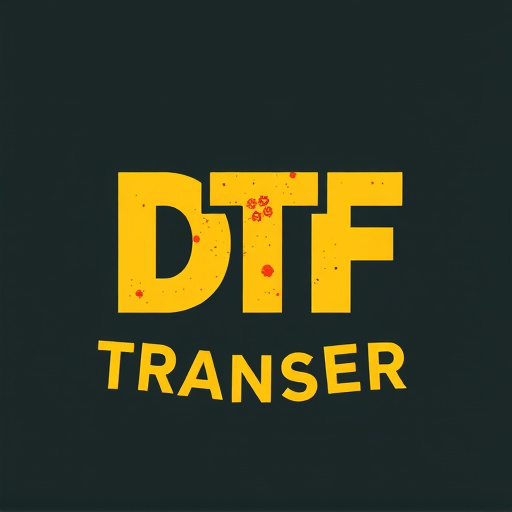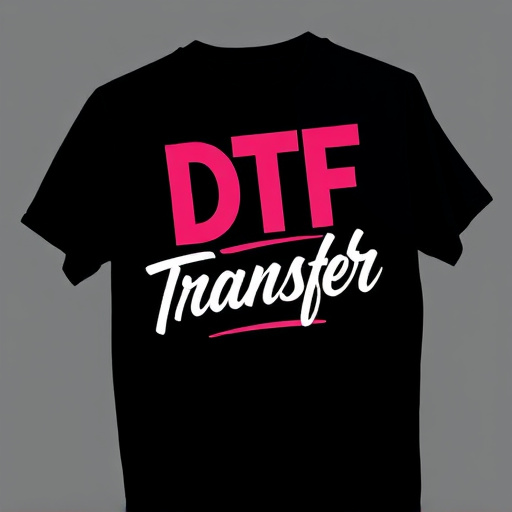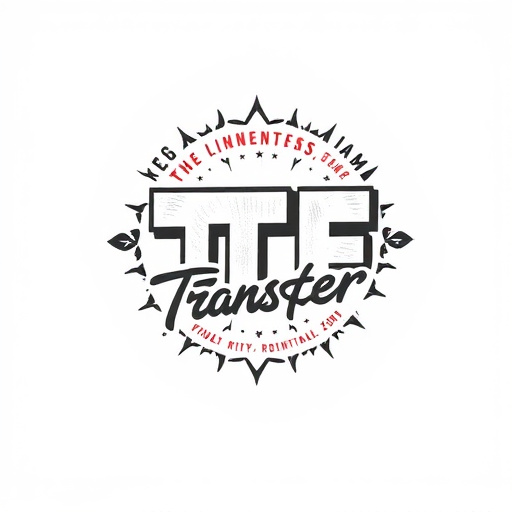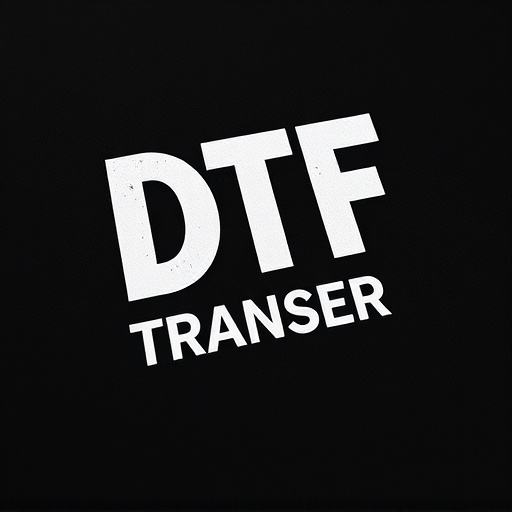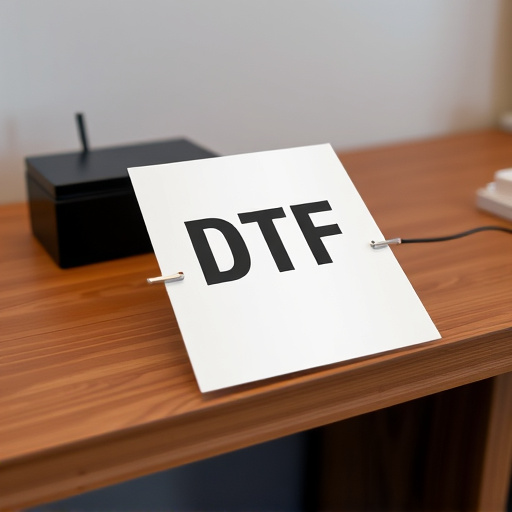Direct-to-Film (DTF) transfer is a modern printing technique combining digital technology with traditional film aesthetics. Emerging in the early 2000s, it allows photographers to create high-quality prints with unique characteristics like grain structures and vivid colors, appealing to fine art, commercial, and archival purposes. The process involves enhancing digital images using specialized software to match film specifications, then burning them directly onto film using advanced printing techniques. DTF offers a tangible blend of digital aesthetics and classic filmmaking, ideal for limited-edition prints or unique artistic expressions. Success in DTF transfer requires careful selection of equipment, materials, and strategies to ensure superior quality results. Trends include hyper-realistic images and creative digital editing, with continuous technological advancements expected to explore diverse applications.
“Unleash the timeless beauty of film through Direct-to-Film (DTF) transfer—a revolutionary process transforming digital images into physical art. This article explores the historical roots and modern applications of DTF, guiding you through its intricate process and showcasing its advantages for photographers and artists. From equipment selection to mastering techniques, we delve into the secrets of creating stunning DTF prints. Discover the growing trend that combines analog aesthetics with digital convenience, offering a unique artistic expression for the contemporary world.”
- Understanding Direct-to-Film (DTF) Transfer: A Historical Perspective
- The Process: Converting Digital Images to DTF Format
- Benefits of DTF Printing for Photographers and Artists
- Choosing the Right Equipment and Materials for DTF Transfer
- Tips and Techniques for Achieving High-Quality DTF Prints
- Popular Applications and Future Trends in DTF Transfer Art
Understanding Direct-to-Film (DTF) Transfer: A Historical Perspective

Direct-to-Film (DTF) transfer is a printing technique that has evolved over time, offering a unique and nostalgic approach to photography. This process involves transferring digital images directly onto film stock, creating a physical print with distinct characteristics. Historically, DTF transfer emerged as an alternative to traditional photographic methods, especially with the rise of digital cameras and editing software. It allows photographers and enthusiasts to capture the essence of film photography while embracing modern technology.
The concept gained traction in the early 2000s when the digital revolution was taking hold. Photographers sought ways to preserve the aesthetic appeal of film while working within the digital realm. DTF transfer offered a solution, enabling the creation of high-quality prints with a range of effects, from subtle grain structures to vivid colors. This technique has since been refined and embraced by fine art and commercial photographers alike, providing an authentic film look for various applications, including fine art printing, advertising, and even archival purposes.
The Process: Converting Digital Images to DTF Format
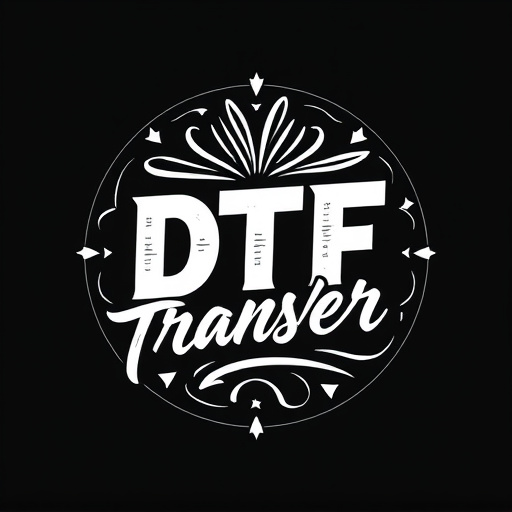
Converting digital images to a direct-to-film (DTF) transfer format is a meticulous process that involves several key steps. It begins with the original photographic image, which is then digitally enhanced and optimized for printing. This preparation ensures the final DTF prints capture the intricate details, colors, and textures of the original photograph.
Specialized software plays a crucial role in this transformation. The digital image undergoes careful manipulation to match the desired film specifications, including grain structure, contrast, and color balance. Once ready, these processed images are then burned directly onto film using advanced printing techniques. This direct transfer method produces high-quality DTF prints that closely resemble traditional photographic films, offering a unique aesthetic appeal and a tangible connection to the digital age.
Benefits of DTF Printing for Photographers and Artists
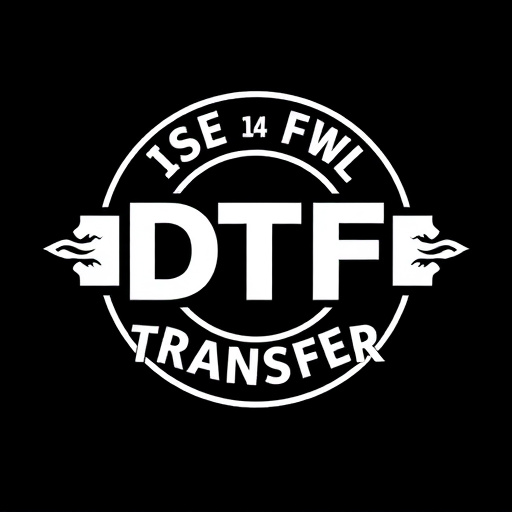
Direct-to-film (DTF) transfer offers a unique and compelling process for photographers and artists seeking to create high-quality prints with distinct aesthetic appeal. This modern technique allows for the precise replication of an image directly onto film, resulting in DTF prints that capture intricate details and vibrant colors. Unlike traditional printing methods, DTF eliminates many steps, ensuring a more efficient workflow from original photograph to final print.
One of the key advantages of DTF Printing is its ability to produce archival-quality images with a tangible, tactile quality. The film medium adds a layer of depth and dimensionality that digital displays cannot match. Additionally, DTF transfers preserve the original tonal range and color accuracy of the photographer’s vision, making it an ideal choice for artists looking to create limited-edition prints or unique art pieces. This process also caters to those who appreciate the manual aspect of photography, offering a hands-on experience in creating tangible art.
Choosing the Right Equipment and Materials for DTF Transfer

When venturing into the world of direct-to-film (DTF) transfer, selecting the appropriate equipment and materials is paramount to achieving high-quality results. The process involves a unique combination of traditional photography and modern printing techniques, requiring specific tools tailored for this art form. One key component is choosing the right film stock, which can vary based on desired aesthetic and final medium—be it inkjet, laser, or thermal printing.
Additionally, investors in DTF Transfer should consider high-resolution scanners capable of capturing intricate details from photographic sources. Accurate color reproduction is essential, necessitating top-tier printers compatible with DTF Printing techniques. Furthermore, a stable workspace equipped with proper lighting and a clean environment is vital to prevent artifacts or imperfections in the final DTF Prints.
Tips and Techniques for Achieving High-Quality DTF Prints
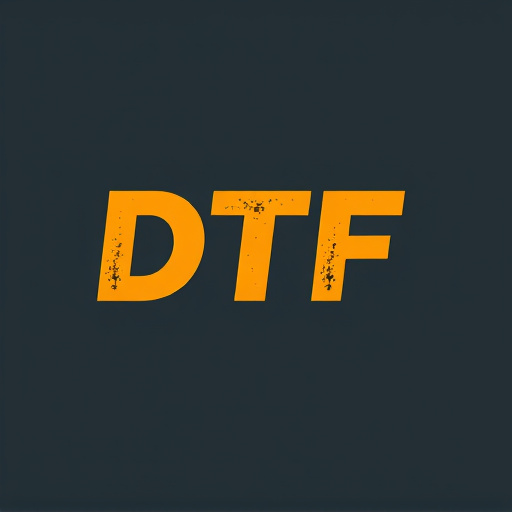
Converting photographic images to a direct-to-film (DTF) transfer format requires attention to detail and specific techniques for optimal results. One crucial tip is to use high-resolution, high-quality source images. The higher the resolution, the more intricate details can be captured in the final print. Additionally, ensuring proper color calibration and profile management ensures accurate color representation across different devices and mediums.
For DTF printing, it’s essential to choose the right film stock tailored for your desired outcome. Different films offer varying degrees of contrast, grain, and tonal range, which directly impact the final print quality. Consider testing various films or combinations to find what best suits your aesthetic vision. Another technique involves optimizing exposure settings during scanning or capturing images to avoid overexposure or underexposure, which can significantly affect the print’s overall look.
Popular Applications and Future Trends in DTF Transfer Art
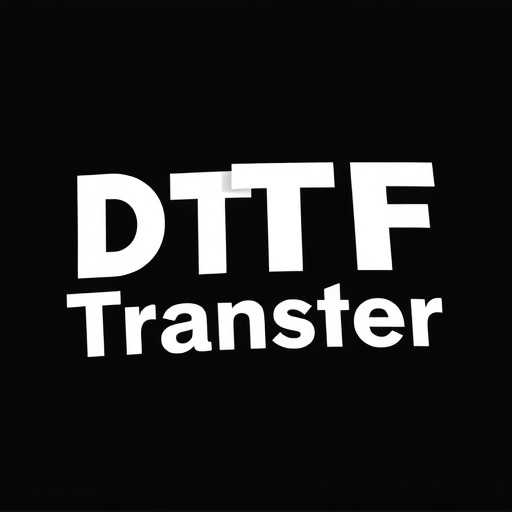
Direct-to-film (DTF) transfer art has gained significant popularity in recent years, captivating both photographers and art enthusiasts alike. This innovative process involves converting photographic images directly into a film format, enabling the creation of unique, limited-edition prints with a vintage aesthetic. DTF offers a range of popular applications, from fine art photography to retro-inspired posters and even custom album covers. Many artists are embracing this technique to produce one-of-a-kind pieces, appealing to collectors who value the artistry and craftsmanship behind each print.
Looking ahead, the future of DTF transfer art appears promising with emerging trends. There is a growing interest in creating hyper-realistic images using advanced scanning techniques and high-resolution films, pushing the boundaries of what’s possible in this medium. Additionally, digital editing software plays a significant role in allowing artists to experiment with color manipulation, special effects, and even animated DTF prints. As technology advances, we can expect to see more diverse applications, further blurring the line between digital art and traditional film printing, and opening up exciting possibilities for creative expression.
